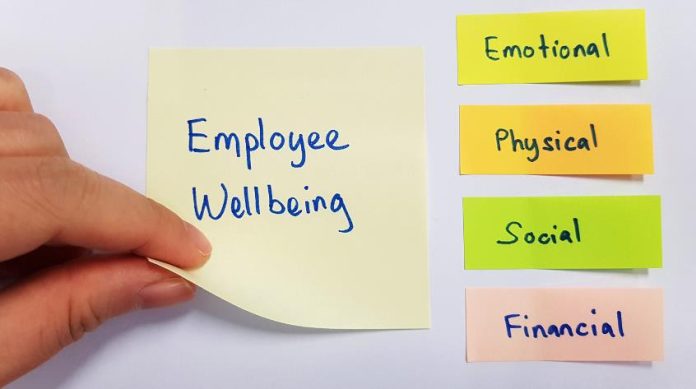Within the complex landscape of the corporate world, employee wellbeing emerges as a key thread, binding both organizational success and worker satisfaction. Beyond its apparently generic facade lies a multi-dimensional concept that encompasses the physical, mental and emotional health of the workforce.
The aftermath of employee wellbeing spreads through various layers of an organization, influencing productivity, morale and ultimately the bottom line. In essence, a flourishing company is often mirrored by a thriving workforce, hence, underscoring a coordinated relationship between individual health and organizational triumph.
The Shift in Workplace Wellbeing Strategies
Traditionally, businesses secured employee wellbeing through concrete employee benefits like robust insurance policies, adherence to mandatory breaks and offering physical healthcare. These strategies, while vital, often brushed over the myriad aspects of holistic employee health. Contrastingly, contemporary organizations go beyond this.
On one hand, mental health initiatives like flexible schedules and on-site recreational zones have steadily seeped into corporate wellbeing agendas, thus, signaling a good understanding of multifaceted employee wellness.

Companies like Google and Microsoft, for example, infuse playful breaks into routine, sometimes even manifesting as on-site gaming zones or yoga spaces. Picture this for an example, a brief break by a slot machine in the break room or a casual online game, all serving as a fun escape from the workday monotony.
On the other hand, this intentional blurring of lines between work and play gently massages the edges of the conventional corporate mold. By doing this, the company fosters a workspace that breathes empathy, understanding, and, notably, an appreciation for the diverse dimensions of wellbeing.
Productivity and Employee Happiness
A harmonious blend of employee happiness and productivity protects the structural integrity of prosperous organizations, thus, initiating a cycle of morale that reciprocally supports each element. This loop begins with a joyful employee, whose emotional investment in their work translates into elevated productivity, thereby nurturing a positive, affirming workplace culture.

This emotionally rich environment not only propels further happiness but also sustains a constructive, beneficial cycle. By investing in comprehensive health programs, fostering inclusive cultures (as seen with LinkedIn’s conscious efforts towards diversification and inclusivity), and providing avenues for mental stimulation (such as Adobe’s program that encourages employees to take time off to recharge), companies aren’t simply adhering to ethical guidelines.
Rather, they are crafting a strategy that is not only financially savvy but also establishes a foundation for sustainable operational efficacy. In this narrative, employee happiness transcends moral obligation, transforming into a potent economic catalyst, proving that the health of a company’s register often walks hand in hand with the wellbeing of its workforce.
The Long-Term Impacts of Prioritizing Wellbeing
In a panorama where the modern employee navigates through a vast landscape of occupational choices, the essence of employee retention blossoms into an economic and cultural imperative for companies.
Organizations that delicately weave wellbeing into their cultural DNA not only savor reduced turnover rates but also solidify their position as coveted destinations for prospective talent. When a company considerably prioritizes its members’ multifaceted health, it subtly carves a niche for itself where well-being sets in motion policy and practice.

The touchable and intangible benefits cascade with saved recruitment costs on one end and an authentically positive brand image on the other. Today’s selective employee deeply values a work environment that shows respect, care, and authentic attention to their well-being, often placing it above mere salary considerations.
When such a philosophy is thoughtfully cultivated, it blossoms into a robust, vibrant workplace where both the workforce and management experience mutual and harmonious prosperity.


